<< Our Photo Pages >> Taruga - Ancient Village or Settlement in Nigeria
Submitted by Andy B on Sunday, 06 November 2011 Page Views: 9278
DigsSite Name: Taruga Alternative Name: Samun Dukiya (nearby site)Country: Nigeria Type: Ancient Village or Settlement
Latitude: 9.500000N Longitude: 8.000000E
Condition:
| 5 | Perfect |
| 4 | Almost Perfect |
| 3 | Reasonable but with some damage |
| 2 | Ruined but still recognisable as an ancient site |
| 1 | Pretty much destroyed, possibly visible as crop marks |
| 0 | No data. |
| -1 | Completely destroyed |
| 5 | Superb |
| 4 | Good |
| 3 | Ordinary |
| 2 | Not Good |
| 1 | Awful |
| 0 | No data. |
| 5 | Can be driven to, probably with disabled access |
| 4 | Short walk on a footpath |
| 3 | Requiring a bit more of a walk |
| 2 | A long walk |
| 1 | In the middle of nowhere, a nightmare to find |
| 0 | No data. |
| 5 | co-ordinates taken by GPS or official recorded co-ordinates |
| 4 | co-ordinates scaled from a detailed map |
| 3 | co-ordinates scaled from a bad map |
| 2 | co-ordinates of the nearest village |
| 1 | co-ordinates of the nearest town |
| 0 | no data |
Be the first person to rate this site - see the 'Contribute!' box in the right hand menu.
Internal Links:
External Links:
I have visited· I would like to visit
Andy B has visited here
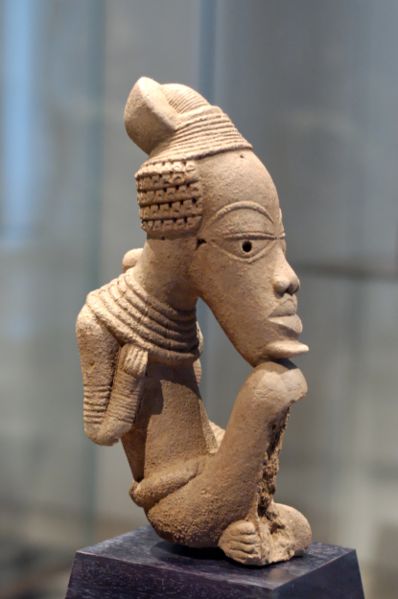
Iron use, in smelting and forging for tools, appears in Nok culture in Africa at least by 550 BC and more probably in the middle of the second millennium BC (between 1400 BC and 1600 BC depending on references)
Taruga is just one of the sites in central Nigeria where artifacts from the Nok culture have been excavated. Since 1945, similar figurines and pottery have been found in many other locations in the area, often uncovered accidentally by modern tin miners, and dating from before 500 BC to 200 AD. The region was probably moister and more heavily wooded during this period than it is today, but was still north of the zone of dense forests. The people would have subsisted by farming and cattle raising. As the climate gradually became drier, they would have drifted south, so the Nok people may have been the ancestors of people such as the Igala, Nupe, Yoruba and Ibo, whose artwork shows similarities to the earlier Nok artifacts.
As of October 2007, the Federal Government was being asked to protect and rehabilitate the site in view of its tourist potential. However, the site was threatened by illegal miners looking to develop the mineral resources.
Samun Dukiya
Samun Dukiya is a second archeological site in the Nok valley where artifacts from the Nok culture have been found, dating to between 300 BC and 100 BC.
Radio-carbon dating indicates that the site was occupied between 2500 and 2000 years ago. No traces of occupation before the Iron age have been found. The site contained broken pottery, iron and other artifacts, and fragments of terracotta statues which may have been used in shrines.
Read more at Wikipedia, articles on Taruba and the Nok culture.
You may be viewing yesterday's version of this page. To see the most up to date information please register for a free account.
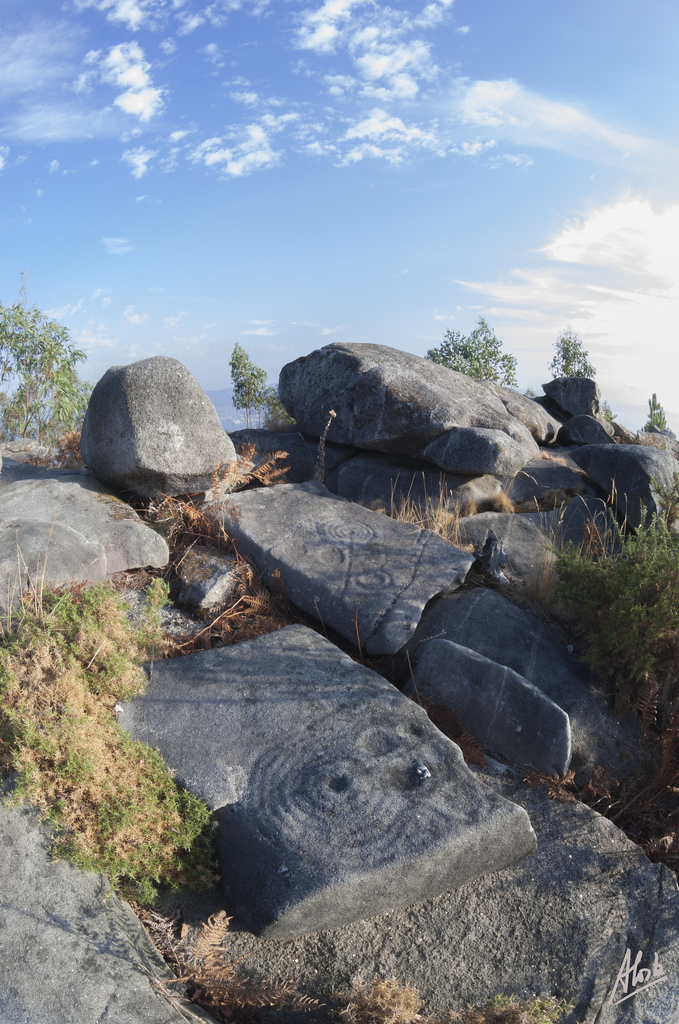
Do not use the above information on other web sites or publications without permission of the contributor.
Click here to see more info for this site
Nearby sites
Click here to view sites on an interactive map of the areaKey: Red: member's photo, Blue: 3rd party photo, Yellow: other image, Green: no photo - please go there and take one, Grey: site destroyed
Download sites to:
KML (Google Earth)
GPX (GPS waypoints)
CSV (Garmin/Navman)
CSV (Excel)
To unlock full downloads you need to sign up as a Contributory Member. Otherwise downloads are limited to 50 sites.
Turn off the page maps and other distractions
Nearby sites listing. In the following links * = Image available
73.2km WSW 242° Abuja Cup Mark Stone Rock Art
81.2km SW 235° Jabi Cup Mark Stone Rock Art
85.6km SW 220° Waru Cup Mark Stone Rock Art
393.1km S 172° Ikom Monoliths* Standing Stones
814.8km N 6° Gobero Barrow Cemetery
853.0km NNE 13° Gobero Barrow Cemetery
977.0km N 359° Air Giraffe Rock Art Rock Art
1051.1km NNE 12° Adrar Madet (Massif) Stone Circle Stone Circle
1263.2km NNW 329° Adrar des Ifoghas petroglyphs Rock Art
1378.4km SW 220° Competition: Find a megalith* on Google Street View NOT SET
1378.4km SW 220° The Top Reasons why you Should get a Business Loan NOT SET
1378.4km SW 220° Major Announcement for the New Year, formation of the Megalithic Portal Socity NOT SET
1378.4km SW 220° Winter Exhibition at Devizes Museum: The Past is Another Country NOT SET
1378.4km SW 220° The Old Stones wins Current Archaeology Book of the Year! NOT SET
1378.4km SW 220° Samhain, 31 Oct 2009, National Roman Legion Museum,Caerleo Museum
1378.4km SW 220° 2012 isn't the end of the world, Mayans insist NOT SET
1378.4km SW 220° Shepherd's shed gives clues to ancient Alp life Ancient Village or Settlement
1378.4km SW 220° The truly amazing Megalithic Portal iPhone App is now available NOT SET
1378.4km SW 220° £1m Iron Age treasure hoard found in Stirlingshire, Scotland NOT SET
1378.4km SW 220° The Perks of Having a Professional Team Offshore to India NOT SET
1378.4km SW 220° Ancient Costa Rica Pt. 2: The narrow road to Guayabo NOT SET
1378.4km SW 220° Evidence of killer tsunamis from an ancient eruption in the Mediterranean NOT SET
1378.4km SW 220° Extinct Ethnic Group Vestiges Discovered in Chihuahua Ancient Village or Settlement
1378.4km SW 220° Megaliths; visiting ancient Britain and Ireland, a book for Japanese readers NOT SET
1378.4km SW 220° Primary Documents in American History NOT SET
View more nearby sites and additional images

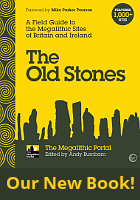

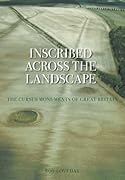

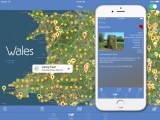
 We would like to know more about this location. Please feel free to add a brief description and any relevant information in your own language.
We would like to know more about this location. Please feel free to add a brief description and any relevant information in your own language. Wir möchten mehr über diese Stätte erfahren. Bitte zögern Sie nicht, eine kurze Beschreibung und relevante Informationen in Deutsch hinzuzufügen.
Wir möchten mehr über diese Stätte erfahren. Bitte zögern Sie nicht, eine kurze Beschreibung und relevante Informationen in Deutsch hinzuzufügen. Nous aimerions en savoir encore un peu sur les lieux. S'il vous plaît n'hesitez pas à ajouter une courte description et tous les renseignements pertinents dans votre propre langue.
Nous aimerions en savoir encore un peu sur les lieux. S'il vous plaît n'hesitez pas à ajouter une courte description et tous les renseignements pertinents dans votre propre langue. Quisieramos informarnos un poco más de las lugares. No dude en añadir una breve descripción y otros datos relevantes en su propio idioma.
Quisieramos informarnos un poco más de las lugares. No dude en añadir una breve descripción y otros datos relevantes en su propio idioma.